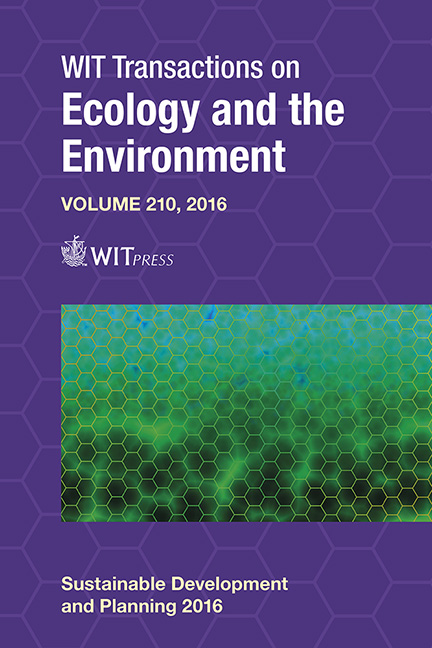Summary On The Effect Of Density, Diversity And Pedestrian Infrastructure On The Use Of Rail-based Urban Public Transport
Price
Free (open access)
Transaction
Volume
210
Pages
10
Page Range
567 - 576
Published
2017
Size
474 kb
Paper DOI
10.2495/SDP160471
Copyright
WIT Press
Author(s)
M. F. J. Sidek, N. N. A. N. Othman, A. A. K. Hamsa, N. M. Noor, M. Ibrahim
Abstract
The high increase in travel demand, particularly in the urban areas requires continuous provision of new road and related infrastructure. However, provision of new road infrastructure is not always feasible due to constraints on the availability of limited resources and adverse negative impacts on the environment. Thus, public transit is one of the viable solutions that can be considered in addressing the increase in travel demand especially in urban areas. However, the patronage on public transit is not encouraging in major car-oriented cities in Malaysia including Kuala Lumpur. The rise in the private vehicle ownership, disaggregated spread of major land use activities, low public transit network coverage and limited public transit services are some of the main reasons for this trend. The aim of this paper is to synthesise and critically evaluate the effects of land use Density, Diversity and pedestrian infrastructure Design (3Ds) on rail-based urban public transport ridership from literature review. This paper analyses the existing literature on Transit-Oriented Design (TOD), its elements and characteristics as well as its successful application in few selected countries to ascertain the extent of land use characteristics effects on the use of rail-based public transit. This paper also draws attention to opportunities for further studies and its benefit for future selection of transit station.
Keywords
public transit, travel demand, land use density, land use diversity, pedestrian infrastructure design, transit-oriented design





